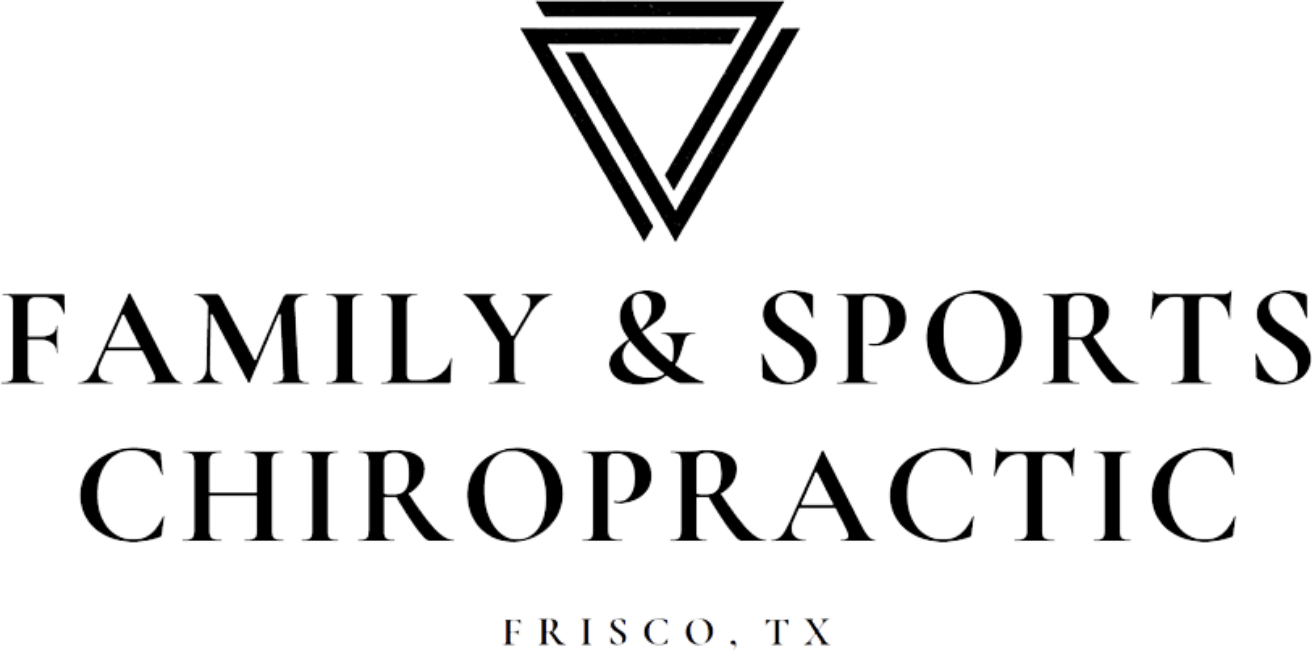WHAT MAKES UP THE CORE?
The muscles that surround our spine are considered the “core” of our body. It is composed of the abdominal muscles on your front and sides, the erector muscles of the back and even the larger muscles that span multiple joints (like the lats and psoas muscles). Each and every one of these muscles must work together in order to enhance the stability of the spine.
CORE STABILITY
First, when muscles contract they create force and stiffness. It is the stiffness part that is important for stability. Think of the spine as a flexible rod that needs to be stiffened to bear load.
Second, our body functions as a linked system. And distal movement requires proximal stiffness. Consider trying to move a finger back and forth very quickly – the wrist needed to be stiffened otherwise the entire hand would move. Now using the same principle consider the action of walking. The pelvis must be stiffened to the spine otherwise the left hip would fall as the left leg swings forward to take a step. This core stiffness is non-negotiable to enable walking. Thus all body movement needs appropriate coordination of muscles. To move, run, or squat requires spine stiffness and core stability. When the core fails to meet the stability demands placed on the body during a certain lift, parts of the spine will be overloaded with forces that increase injury risk and performance will suffer.
THE MCGILL BIG 3
In his years of studying the spine, Dr. McGill has found there to be three specific exercises that most efficiently address all of these areas without placing excessive stresses on the parts of the back that may be aggravated or irritated due to injury. This group of exercises has famously become known as ‘The Big 3.’
-
Curl-Up
-
Side Plank
-
Bird-Dog
The combination of these exercises should be safely performed daily if you are trying to recover from back injury but should not be performed directly after rising from bed in the morning (that is the time at which the discs of your spine are most hydrated and prone to injury).
It is recommended to use these exercises not only as a foundation for your rehabilitation from back pain but also as a part of your exercise routine to prevent future injury once your symptoms have resolved.
Call us today to learn more and to book your first adjustment! (972)-294-5534
